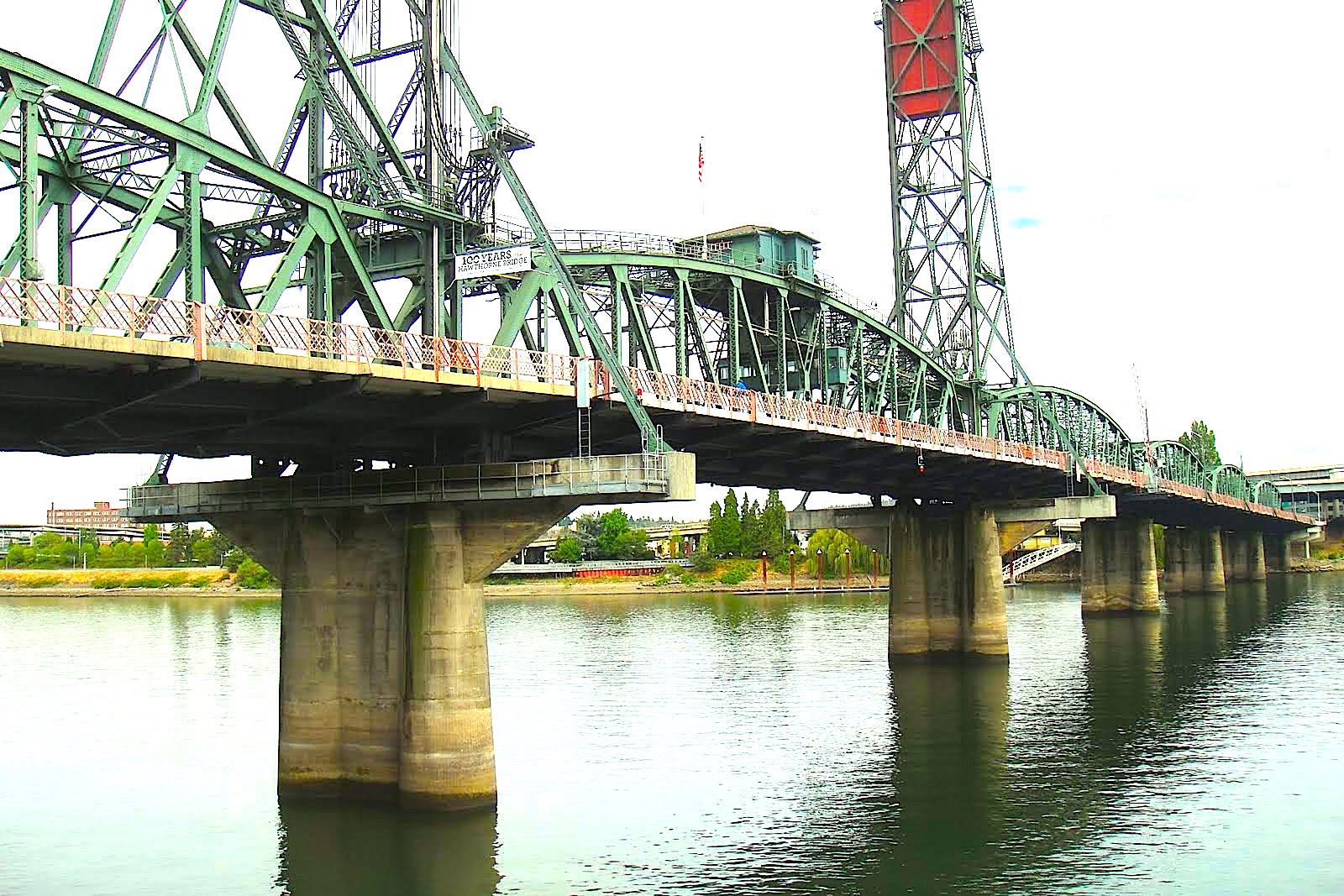California is at a turning point. We are no longer in position to turn a blind eye and prolong finding solutions to our water, energy, and infrastructure problems. And California is not the only state facing these major issues. Take a look at Texas, Oregon, Florida, Pennsylvania, and others. Once every four years the American Society of Civil Engineers (ASCE) provides a comprehensive assessment of major US infrastructure categories in an ASCE’s Report Card for America’s Infrastructure (Report Card).
Last week I had the pleasure of participating in a discussion on infrastructure funding with Congressional Leader Kevin McCarthy, California Transportation Commission Executive Director Will Kempton, and LA Metro CEO Phil Washington at the Southern California Development Forum (SCDF).
This roundtable discussion on federal, state, local, and alternative funding for transportation and water was moderated by Mr. Kempton and led to some interesting conclusions.
Congressman McCarthy talked about our aging infrastructure and water issues as national priorities. He is committed to steady long-term transportation funding, and instead of a likely unfeasible and ultimately insufficient gas tax increase, he indicated that we need to think outside the box to find alternative ways to fund a long-term transportation bill.
Phil Washington reiterated his strong support for Public-Private Partnerships (P3s) to design, build, finance, operate, and maintain regional transportation and transit projects. While in Denver, he championed the $2.2-billion Eagle P3 project and established a reputation as a creative and effective leader finding innovative ways to get projects done.
When planned and executed well, P3s are proven solutions for efficient project delivery, promoting goods and people movement, jobs and fair collective bargaining agreements. Currently there are five large LA Metro transit projects under construction— Crenshaw, Purple, Expo, Gold Line, and Regional Connector. Phil Washington is committed to accelerating project delivery throughout the system.
Congressman McCarthy drew a very interesting picture for the audience. Imagine the United States as a blank sheet. How would you draw the new infrastructure then?
Imagine the new roads, bridges, cars, rail, seaports, airports, inland waterways, cargo movement, drinking water, wastewater systems, schools, transit, dams, and energy.
While listening to the discussion, one thought kept running through my mind.
We have cutting-edge technologies that keep advancing every day, we have great minds and outside-the-box thinkers, we have proven strategic planning techniques that work. Taking all these into account—when it comes to people and goods movement—what prevents us, other then ourselves, from developing a long term strategic infrastructure plan that involves maintaining the current assets, developing new infrastructure and public transportation, rather then continuing the approach on a project by project basis?



3 thoughts on “Solving America’s Infrastructure Crisis?”
Keep this going please, great job!
Way cool! Some very valid points! I appreciate you writing this article and also the rest of the site is also really good.
Most Americans are now well aware that we have an infrastructure crisis that goes beyond long commute times. We all nod in agreement when some of our airports are likened to those of Third World countries.
Comments are closed.